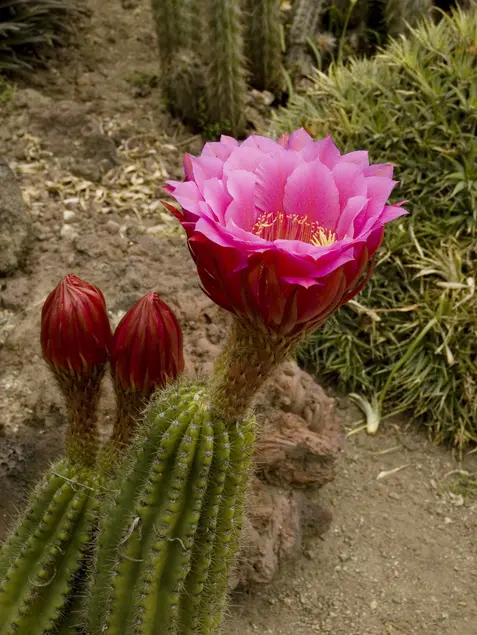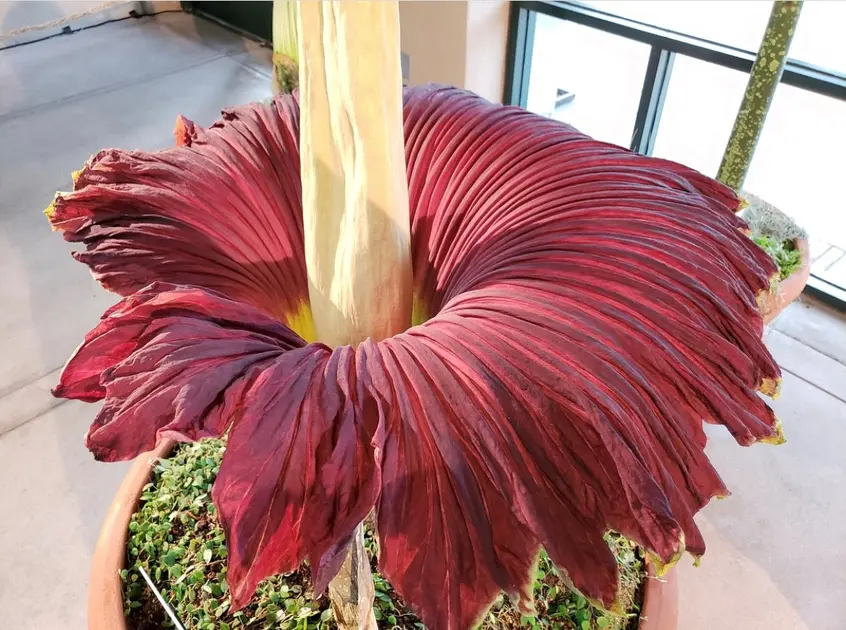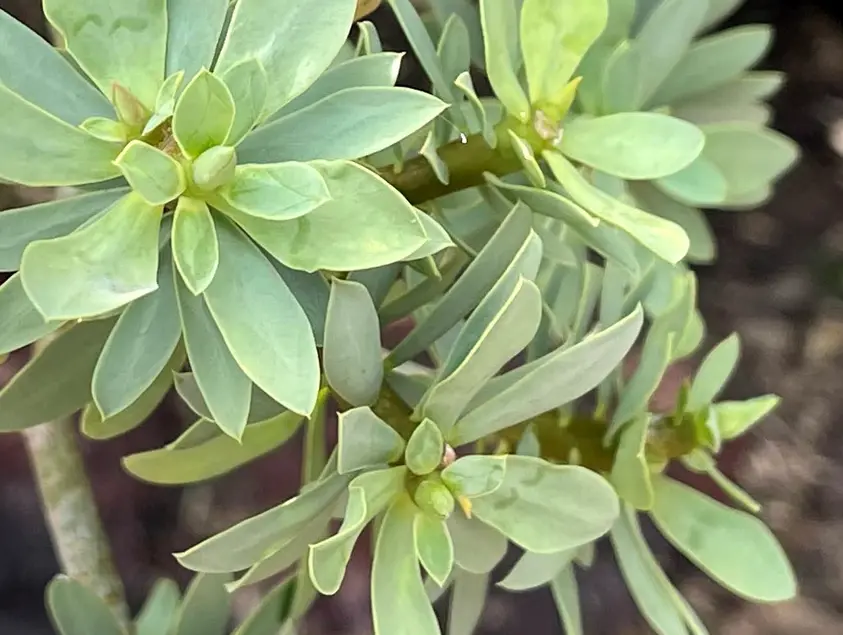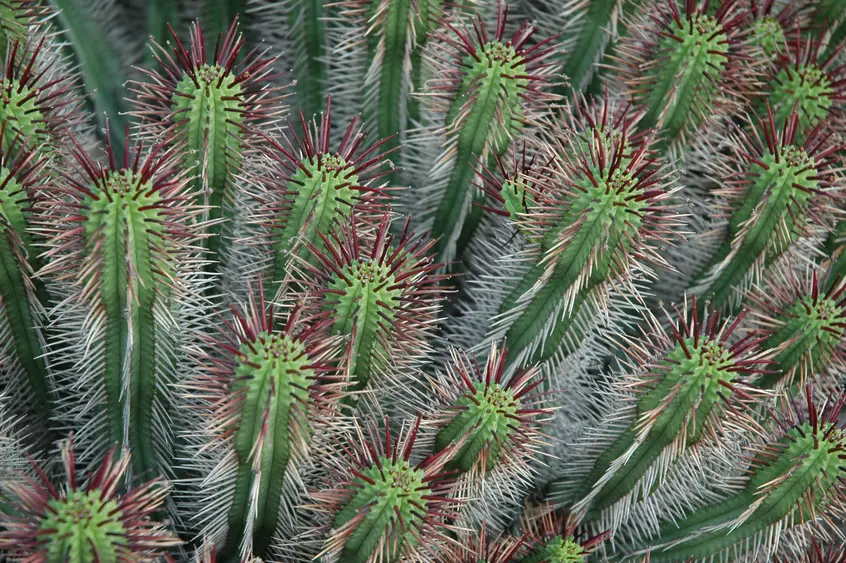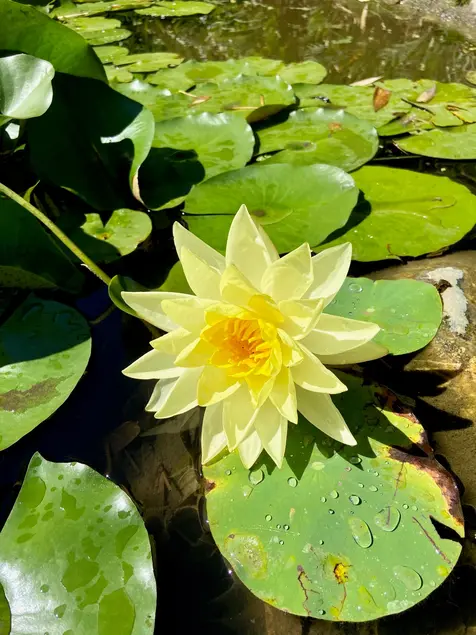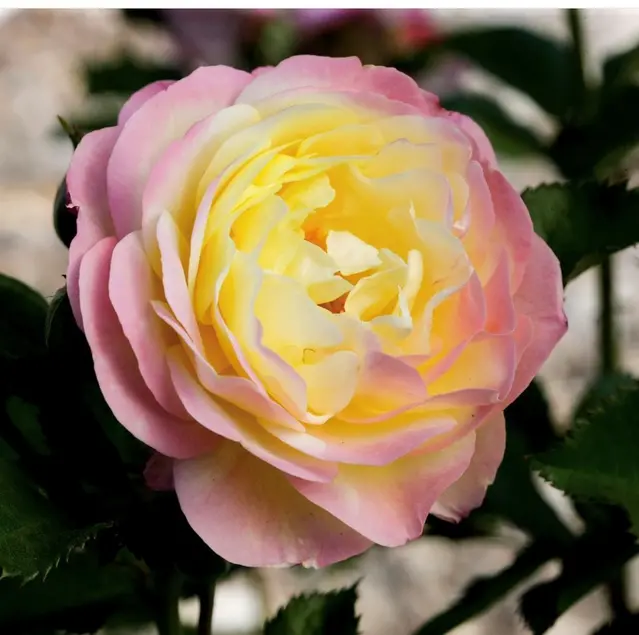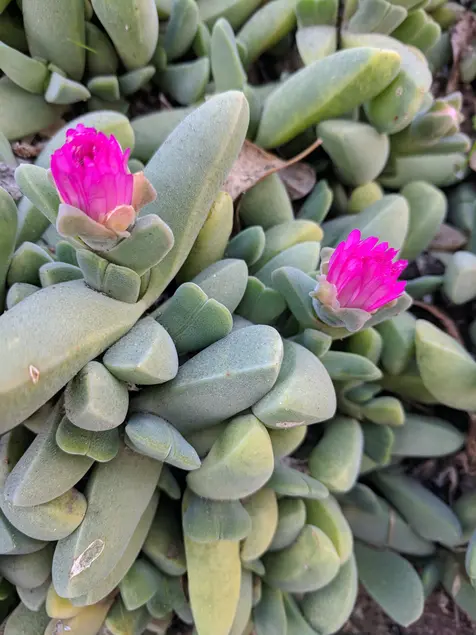Engaging with Nature
Art and Nature
Nature and the Elements of Art
How can the elements of art help us see the natural world in new ways? How can we combine our observations and imagination to create artwork?
By using the elements of art to guide our observations of the natural world, we can view the natural world in a new way. Artists consider the elements of art when they create artwork. In this video, we explore the question, How can we view the natural world through an artistic lens using the elements of art?
Principles of Design
If the elements of art are an artist’s building blocks, the principles of design are how the artist uses those building blocks. Like the elements of art, the principles of design can provide a framework for observing, analyzing, and appreciating nature. This curriculum primarily uses the elements of art, but some students might benefit from extending their analysis to include the principles of design.
The principles of design are balance, emphasis, movement, pattern, repetition, proportion, rhythm, variety, and unity. These words can provide an interesting vocabulary for thinking about and discussing what we see in nature.
- In design, balance is the distribution of the visual weight of objects, colors, texture, and space in a way that feels stable. Balance can be symmetrical, with the objects, colors, texture, and space being similar on both sides. Balance can also be asymmetrical, with the objects, colors, texture, and space being different but creating a sense of stability.
- In design, emphasis is the part of the design that catches the viewer’s attention.
- In design, movement is the path that the viewer’s eye takes through the work of art. Lines, shapes, colors, and space can all help direct the viewer’s eye.
- In design, pattern is the repeating of a symbol or part across the artwork.
- In design, repetition works with pattern to make the work of art seem active.
- In design, proportion is the way in which all parts of the design relate with each other.
- In design, rhythm is created when one or more elements of design are used repeatedly to create a feeling of organized movement. Rhythm creates a mood.
- In design, unity is the sense that all of the parts fit together and create a sense of completeness.
- In design, variety is the use of several elements of design to hold the viewer’s attention and to guide the viewer’s eye through and around the work of art.
Definitions for the principles of design used and adapted from the “Principles of Design.” The J. Paul Getty Museum. 2011. “Principles of Design.”
Guided Looking
When creating artwork inspired by the natural world, artists consider the elements of art and the principles of design. They make careful observations and use their observations to create their artistic vision. Every artist has their own artistic vision. Different observations of the same object will inspire unique artworks by each artist. Explore and analyze different artworks inspired by the lilies, lotuses, and ferns!

Fern
Use the elements of art to guide you as you look closely at ferns, and explore how different artists have been inspired by ferns.

Lotus
Use the elements of art to guide you as you look closely at lotuses and explore how different artists have been inspired by lotuses.

Lily
Use the elements of art to guide you as you look closely at lilies and explore how different artists have been inspired by lilies.
Bring It Together: Create Artwork Inspired by a Plant
Once you have explored the nature-inspired artworks above, create your own artwork inspired by nature:
-
Choose a plant. You can choose a plant you have near you (perhaps a favorite plant from your home, classroom, or local park), or you can choose a plant from the image slider below.
-
Carefully observe the plant. Use the elements of art and/or the principles of design to build your visual understanding of the plant.
-
Develop your artistic vision. Ask yourself questions to help you figure out what you want your art to look like:
- Do you want your artwork to look realistic or abstract?
- Do you want to add any imaginative elements to your artwork?
- What materials do you want to use? Paints? Pencil? Clay?
- How do you want to use the elements of art? Which of the plant’s colors do you want to use? What shapes or forms do you hope to show? Do you want to include textures of the plant in your artwork? How will you use line and the space around your plant?
- Which principles of design do you notice in your plant? Which will you capture in your artwork?
-
Create your artwork. Spend time observing your plant (or plant photo) to bring your artistic vision to life. Remember that art is a process and that there are always surprises along the way. It’s alright if your art ends up looking different than you imagined!
-
Extension: Write an artist’s statement to tell people about your artwork!
-
Extension: Enjoy others' artwork! Look closely at artworks created by your peers or look closely at botanical artworks created by young botanical artists. What is your favorite part of the artworks created by others?
